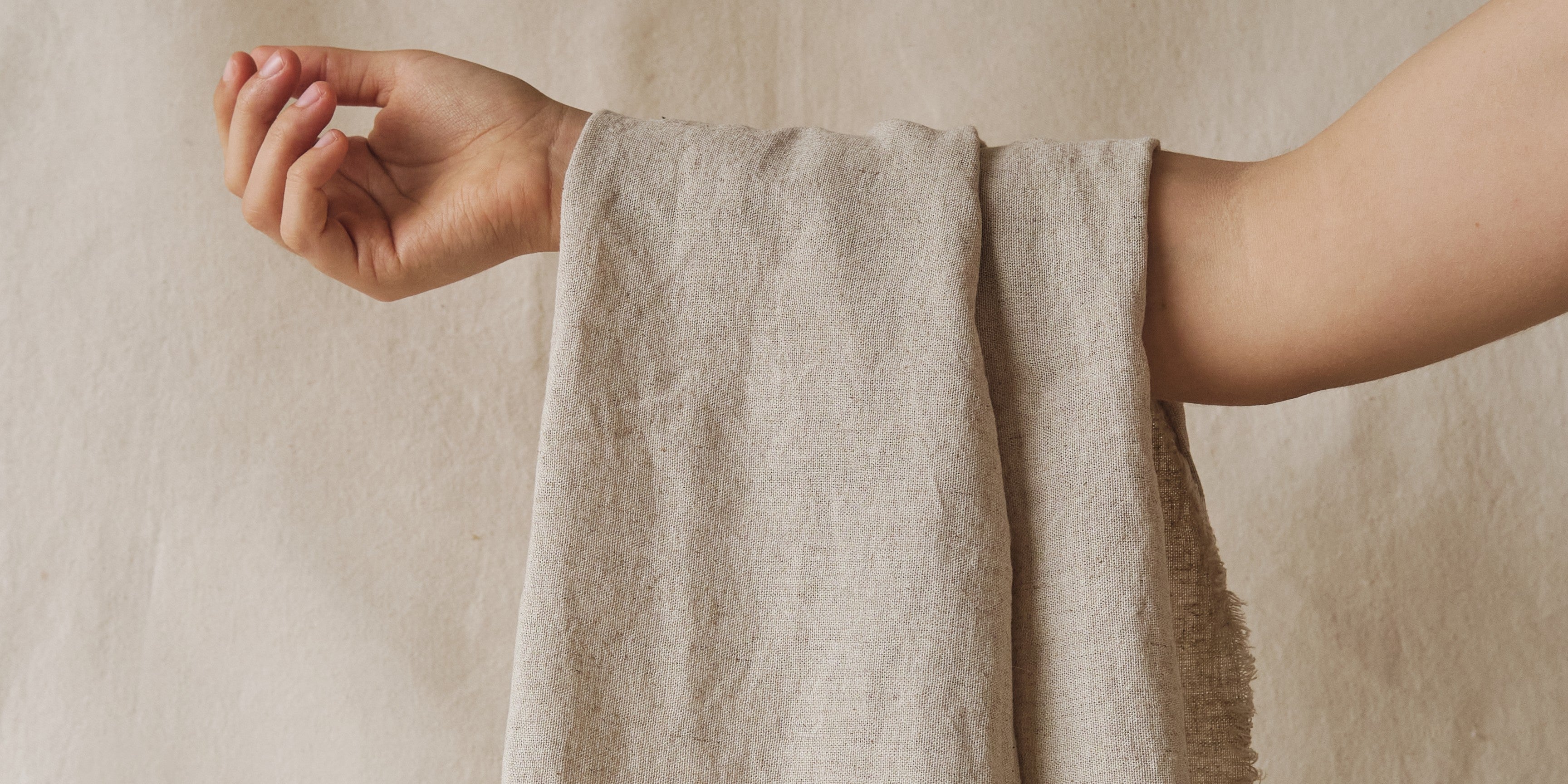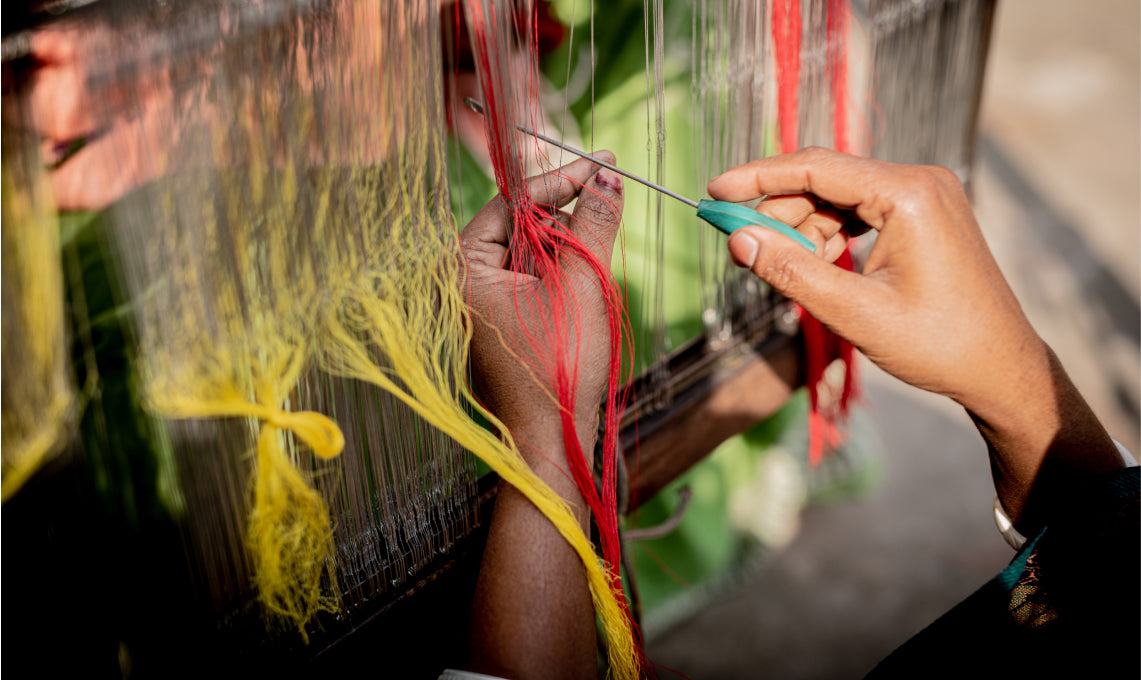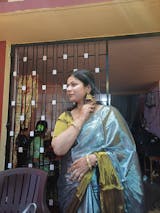
What is Linen fabric and why it is a sustainable choice of fashion?
Linen is considered a sustainable fibre for several reasons. Firstly, the flax plant requires less water and fewer pesticides and fertilizers than many other crops, making it a more environmentally friendly option. Secondly, all parts of the flax plant can be used, minimizing waste. Thirdly, linen is biodegradable, which will eventually break down without leaving harmful chemicals or microplastics behind.
When it comes to feel and look, linen has a natural lustre and sheen that gives it an elegant and luxurious appearance. Secondly, it has a unique texture that is both soft and crisp, with a slightly rough feel that adds character and depth. Thirdly, linen comes in a variety of colours, from classic neutrals like white and beige to rich, vibrant hues like deep blue and emerald green. Finally, linen is also a versatile fabric that can be used for a range of applications, from clothing and home textiles to upholstery and curtains. Its beauty lies in its simplicity, understated elegance, and natural charm, making it a timeless and classic choice for any style or occasion.
In addition to its sustainability benefits, linen is also valued for its high quality and versatility. It is cool and breathable, making it ideal for warm-weather clothing, but also provides insulation and warmth when needed. Linen fabrics are also resistant to wear and tear, making them a durable and long-lasting option.






